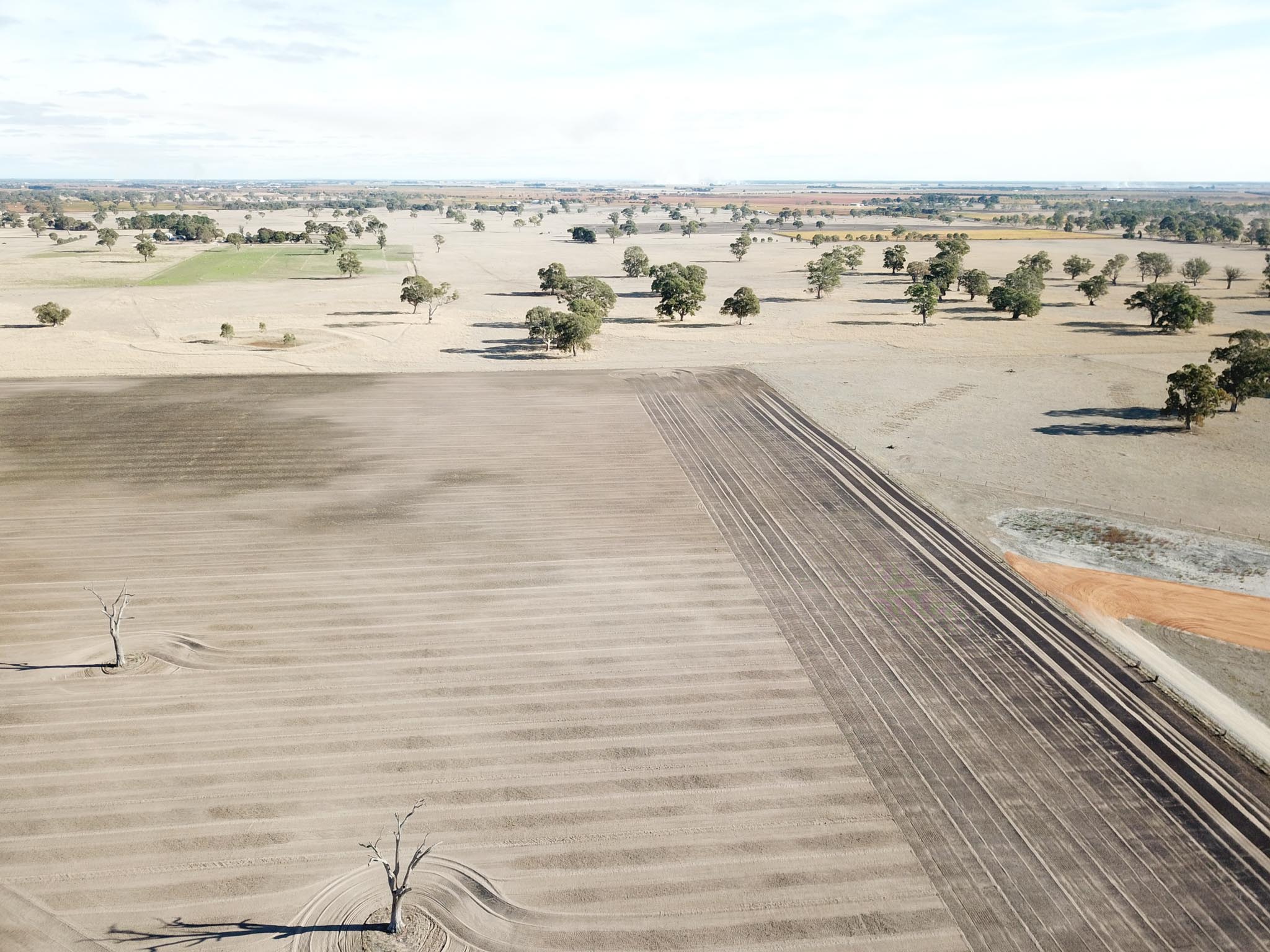What are trace nutrients?
The term trace elements refers to chemical elements that are present in soil, or other environments in small concentrations (less than 0.1%, or 1000 ppm).
Trace elements include trace metals, heavy metals and micronutrients. There are eight trace elements that are important for plant production:
- Chloride (Cl)
- Iron (Fe)
- Manganese (Mn)
- Zinc (Zn)
- Boron (B)
- Copper (Cu)
- Molybdenum (Mo)
- Nickel (Ni)
Trace elements differ from macronutrients, which are required by plants in higher concentrations and also often present in soil in higher concentrations than trace nutrients. The macronutrients are nitrogen, phosphorus, potassium, calcium, sulfur, and magnesium.
What is the function of trace nutrients?
Trace elements are required only in small concentrations but can work to regulate and promote plant growth. Flowering for example is sensitive to low copper and boron in the plant, while fruit and seed formation requires adequate supply of boron and calcium. Specific functions for each micronutrient are noted below.

Trace nutrient deficiency
Australian soils can be naturally deficient in trace elements – particularly copper, zinc, manganese and molybdenum. In agricultural systems, it is likely that these deficiencies may become more significant in the future following the intensification of production systems – but can be relatively easy and cheap to overcome.
Micronutrients are normally only present in soil in small quantities and deficiencies can be exacerbated by seasonal conditions or other nutrients limiting uptake. These deficiencies can decrease productivity before you can see visible signs of deficiency – and tissue testing and/or soil testing may be needed to identify the deficiency. By using test results, managers can identify which micronutrients are needed and avoid adding unnecessary micronutrient fertilisers.
At higher concentrations, or in low pH soils some micronutrients such as manganese can be toxic. Soil pH is an important factor in determining the availability of trace elements and acid soils may need amelioration with lime prior to adding micronutrients.

Copper
Copper deficiency is more likely on grey sandy soils, although it can occur on better soils where high iron and aluminium levels can reduce the uptake of copper. Highly calcareous soils and liming can result in reduced copper uptake.
Zinc
Zinc is the most likely micronutrient to be deficient across a wide range of soil types. Superphosphate has low levels of zinc (present as an impurity), and its use may mask marginal zinc deficiency. If superphosphate application ceases, zinc deficiency may become acute.
Manganese
Manganese deficiency commonly occurs on alkaline or calcareous soils and after liming acidic sands. Manganese should only be applied after deficiency is confirmed by tissue testing: if too much is applied, plant toxicity may result. Repeat applications may be necessary where the soil is highly calcareous (high pH).
Molybdenum
Molybdenum deficiency is most likely on acid soils (low pH). Liming to reduce high acidity will usually overcome this deficiency. Tissue testing can confirm molybdenum deficiency. If too much molybdenum is applied, additional copper applications may not be sufficient to reverse a copper deficiency in livestock induced by excess molybdenum.
Further reading
External link Micronutrients (trace elements) for high rainfall pastures
Robert Summers, Department of Primary Industries and Regional Development
PAGE REFERENCES AND ACKNOWLEDGEMENTS
Material on this page adapted from:
- Hoyle FC (2007). Soil Health Knowledge Bank.
- Scanlan C, Weaver D, Bell R, Borrett R and Cheng M (2023). Soil Quality: 10 Plant Nutrition. SoilsWest, Perth, Western Australia. [Access]
Last updated July 2024.













